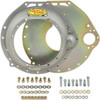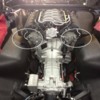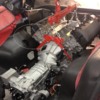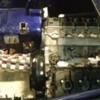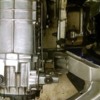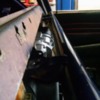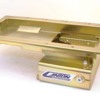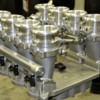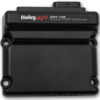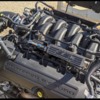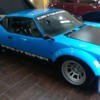Hi All.
I would like to start a thread about swapping to a new generation Ford 5.0
There seems to be a lot of discussion about it on this web site but not a lot of technical info shared. Soooo I would like to start openly sharing what I have found and ask others if they could also share their info.
I AM POSTING INFORMATION AS I DISCOVER IT. PLEASE TAKE IT WITH A GRAIN OF SALT. I HAVE NOT FINISHED THE INSTALL YET AND SOME INFO MAY NOT PLAY OUT AS I GET DEEPER INTO THE SWAP.
ENJOY! ![]()
Thanks To All.
Evan


